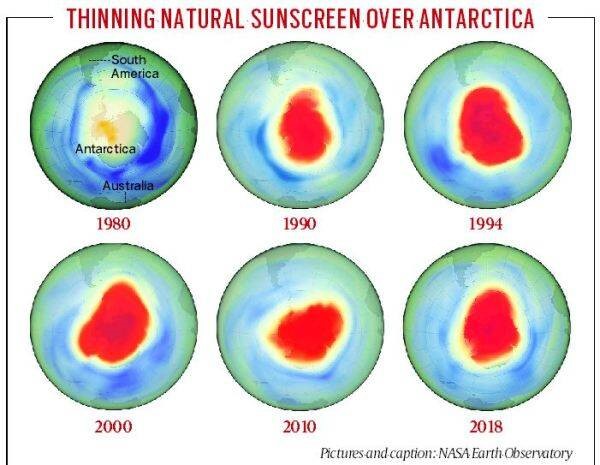7667766266
enquiry@shankarias.in
A scientific assessment by the U.N.-backed scientists has suggested that the ozone ‘hole’ is now expected to be completely repaired.
UV rays are known to cause skin cancer and many other diseases and deformities in plants and animals.
The depletion of the ozone layer was first noticed in the early 1980s. It used to be the biggest environmental threat before climate change came along.
Dobson Unit is the measure of the total amount of ozone in a vertical column of air above the Earth’s surface.
The ozone hole over Antarctica is the biggest during the months of September, October, and November.
An UN-backed scientific panel has reported that the ozone layer is expected to be back to where it was in 1980 by 2040 itself.

Reference